The Differences Among Shrimp Farms in the Three Regions
I. Climate Conditions
A. Northern region
- Lower temperatures may pose challenges in maintaining warm conditions for shrimp.
B. Central region
- Moderate temperatures, potentially influenced by storms.
C. Southern region
- High temperatures, suitable for freshwater shrimp farming.

II. Shrimp Types in Each Region
A. Northern region
Primarily breeds shrimp such as tiger shrimp and white shrimp, which can tolerate lower temperatures.
B. Central region
More diverse, including tiger shrimp, white shrimp, and vannamei shrimp, depending on specific conditions.
C. Southern region
Mainly focuses on tiger shrimp and white shrimp, with potential diversity in shrimp breeds.
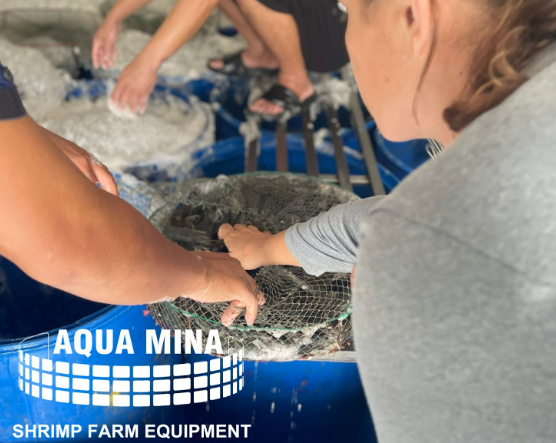
III. Farming Methods in Each Region
A. Northern region
Requires pond systems designed to retain heat.
B. Central region
Utilizes modern technology to control shrimp farming environments.
C. Southern region
Large-scale farms use modern farming techniques with automated control systems.
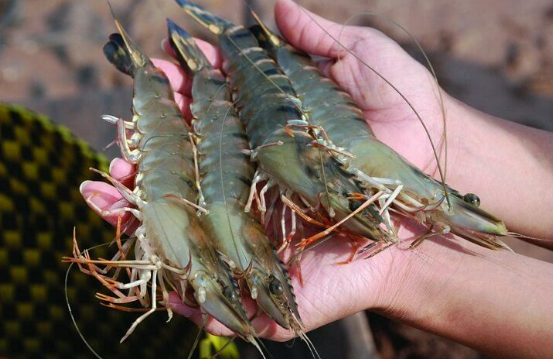
IV. Challenges in Each Farming Region
A. Northern region
Faces the risk of cold weather, cold winds, and even tornadoes.
B. Central region
Needs to cope with the impact of storms and flooding during the rainy season.
C. Southern region
Faces challenges of high temperatures and environmental pollution.
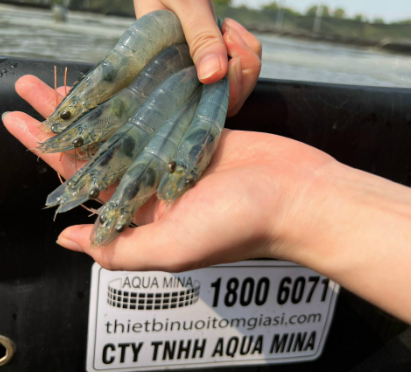
Special Considerations:
Each region has its advantages and challenges in shrimp farming, impacting the choice of farming methods and popular shrimp types in the area. Additionally, when discussing shrimp farming in the three regions of Vietnam, several additional points should be noted:
1. Water Quality:
Controlling water quality is crucial to ensure shrimp health. Monitoring dissolved oxygen levels, pH, and other parameters is essential.
2. Environmental Management:
Facing the challenges of climate change and the impact of natural factors, environmental management is key to minimizing risks and optimizing shrimp farming performance.
3. Food Safety:
Adhering to food safety regulations ensures that the shrimp are safely raised and meets export standards if applicable.
4. Disease Management:
Implementing disease prevention measures and disease management to avoid the spread of diseases within the farm.
5. Technical Notes:
Taking specific farming techniques for each type of shrimp and local conditions into account helps improve performance and ease of management. These factors directly impact the success of shrimp farms. By caring for and optimizing these factors, shrimp farms can achieve high performance and ensure quality shrimp products to meet market demands.
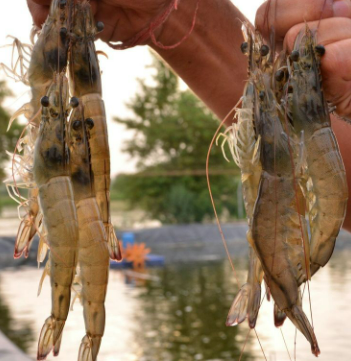
➤ Contact AQUA MINA for consultation.
AQUA MINA CO. LTD
Address: 685 Highway 1A, Quarter 4, Binh Hung Hoa Ward, Binh Tan District, Ho Chi Minh City.
Website: aquamina.com.vn
Hotline: 1800 6071 (toll-free)
Email: sales@aquamina.com.vn or oversea@aquamina.com.vn
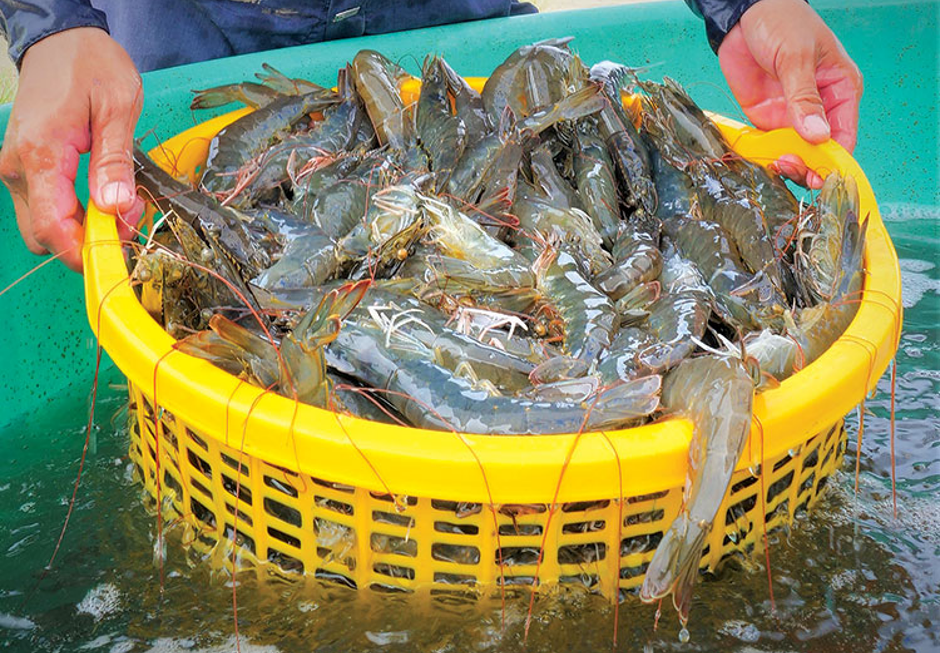
WE WORK FOR YOUR SUCCESS!!








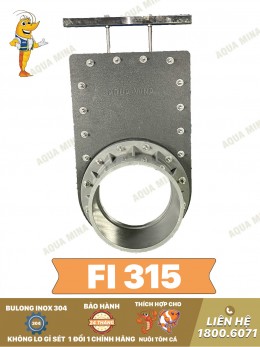
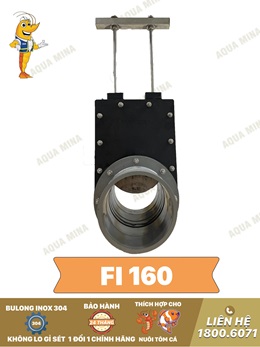

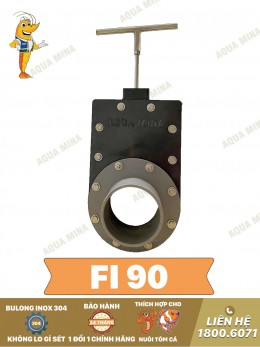
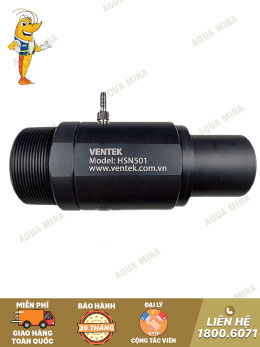
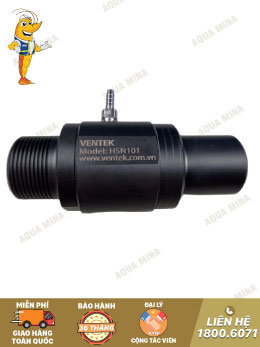
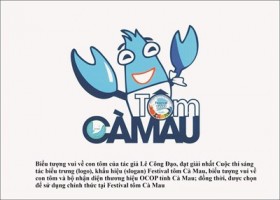
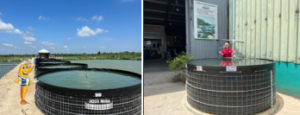
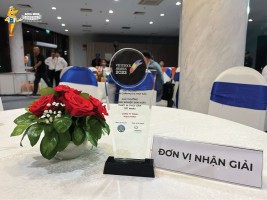
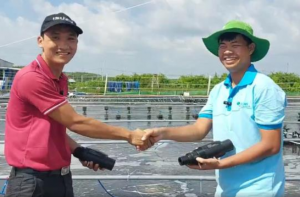
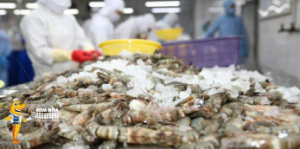
.jpg)